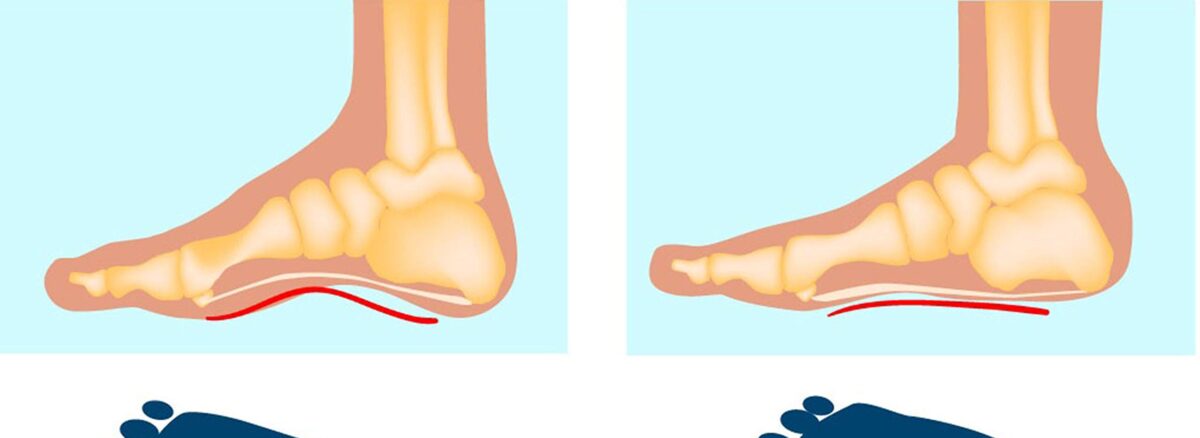Having flat feet, also known as fallen arches, affects the structure of your feet, causing the arches to flatten and touch the ground entirely when standing. While common and often benign, understanding the causes, symptoms, and diagnosis can help you manage potential discomfort and seek treatment when needed.
What Triggers Flat Feet?
Various factors contribute to flat feet, including:
- Genetics: Flat feet often run in families, suggesting a hereditary predisposition.
- Weak Arch Development: Some individuals have underdeveloped arches, leading to flat feet.
- Injury or Trauma: Foot or ankle injuries can sometimes flatten the arches.
- Muscle or Nerve Conditions: Conditions like cerebral palsy or muscular dystrophy can contribute.
- Aging: Weakening tendons and ligaments with age can cause arches to fall.
Signs and Symptoms of Flat Feet:
While some with flat feet experience no symptoms, others may encounter:
- Pain or discomfort in the feet, especially arches or heels
- Swelling along the inner ankle
- Difficulty standing for extended periods
- Foot fatigue or muscle cramping
- Misalignment of ankles or knees
Diagnosing Flat Feet:
Diagnosis typically involves a physical examination by a healthcare professional like a podiatrist or orthopedic specialist. They’ll assess the foot structure, observe your gait, and inquire about symptoms.
In some cases, imaging tests like X-rays may be used for a detailed view of the bones and soft tissues. These images can help determine the severity and identify any underlying conditions.
Treatment Options:
Treatment for flat feet depends on the severity of symptoms and the underlying cause. Often, conservative measures can help:
- Supportive Footwear: Shoes with adequate arch support and cushioning can reduce strain and promote better alignment.
- Orthotic Inserts: Custom-made or over-the-counter inserts can provide additional support and maintain the arches.
- Physical Therapy: Specific exercises and stretches can strengthen muscles and improve flexibility in the feet and ankles.
- Weight Management: Maintaining a healthy weight can reduce stress on the feet and lower extremities.
- Medication: Over-the-counter pain relievers may help alleviate discomfort.
In rare cases where conservative measures fail or flat feet are caused by an underlying condition, surgery may be considered as a last resort.
Conclusion:
Flat feet are a common condition, but their severity and impact vary. By understanding the causes, recognizing symptoms, and seeking proper diagnosis and treatment, you can effectively manage them and maintain optimal foot health for years to come. Remember, if you have concerns about your feet or experience persistent pain, consult a healthcare professional for guidance and support. Your feet deserve the best care, so you can keep walking through life with comfort and confidence.


